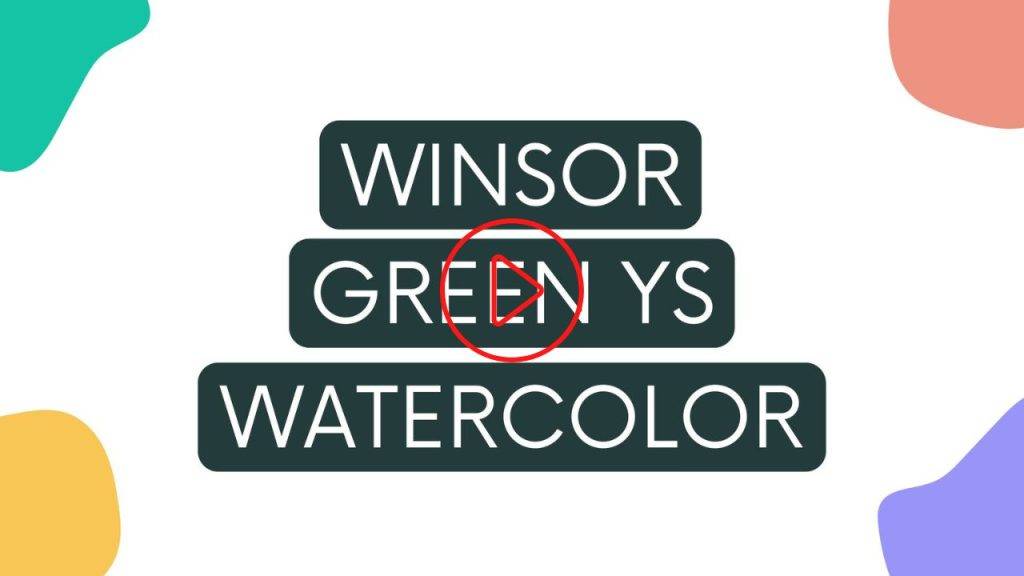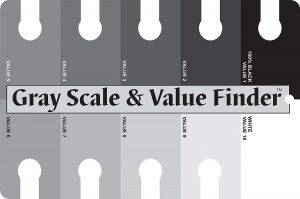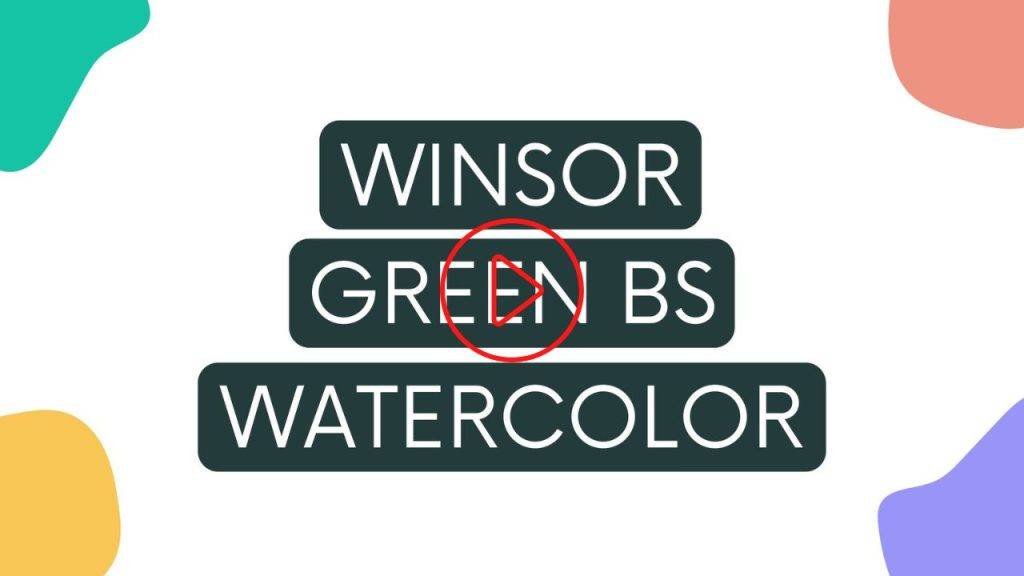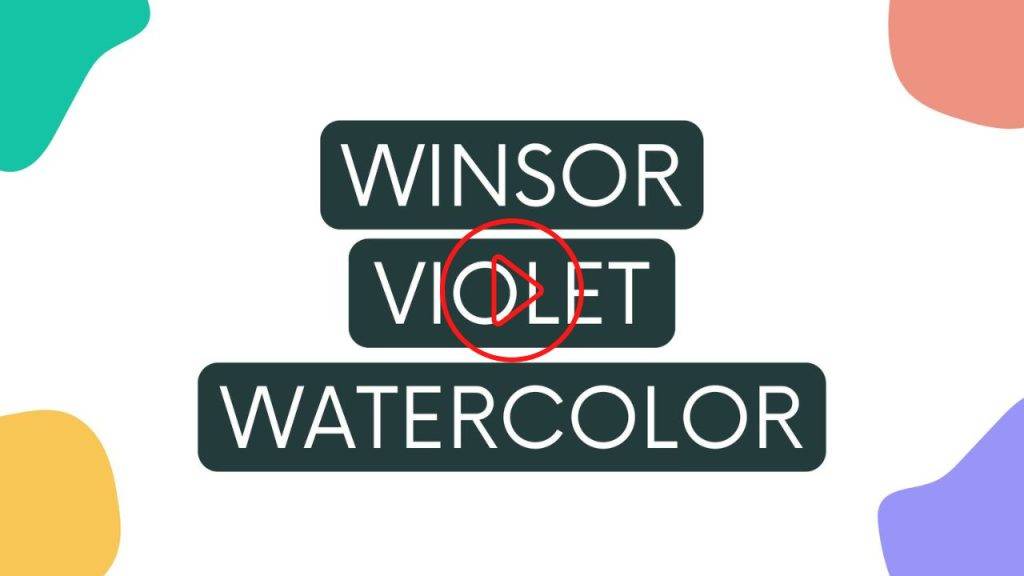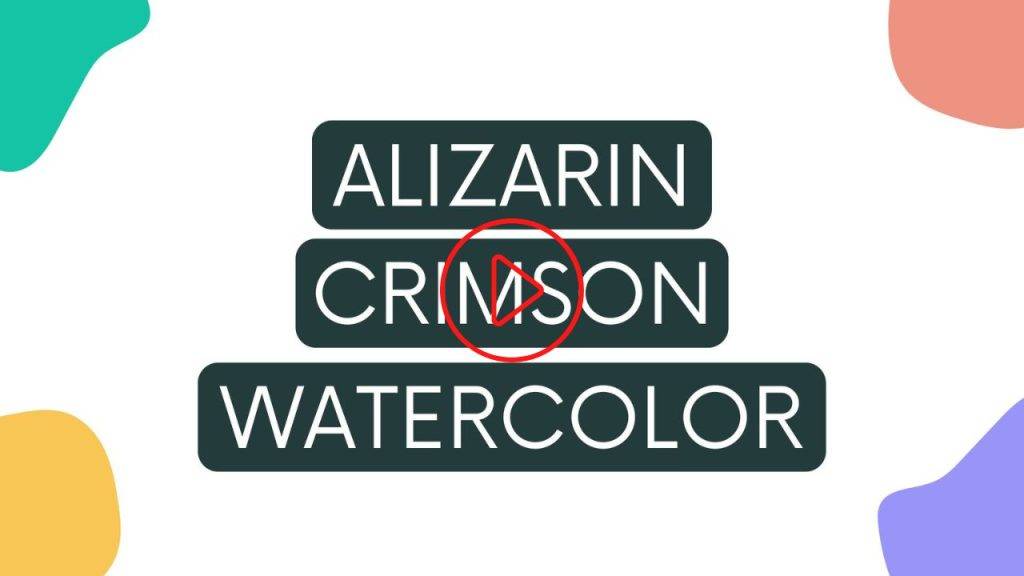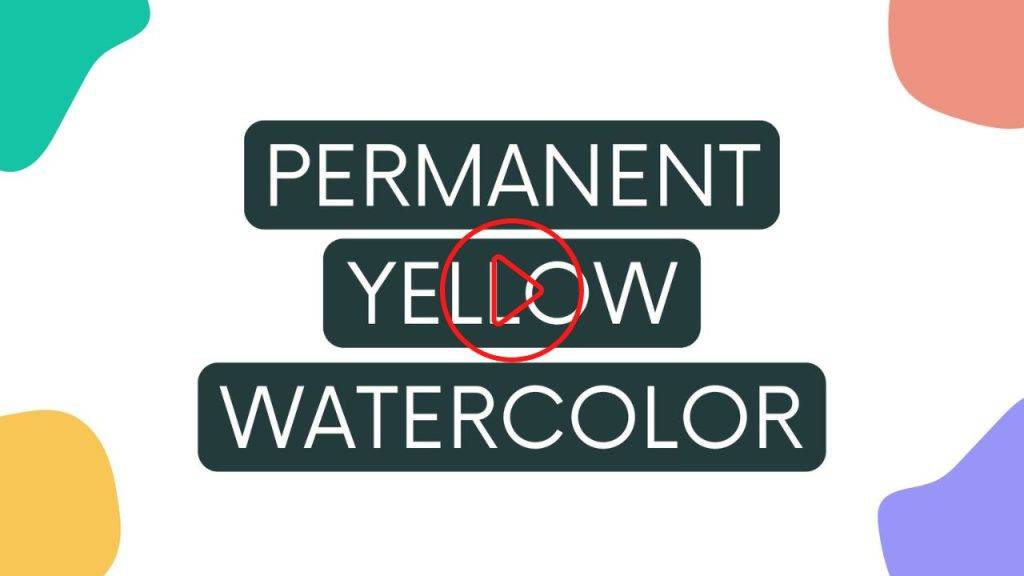Whether you’re just beginning your watercolor journey or looking to refine your technique, understanding the watercolor paint characteristics and properties is key to unlocking your creative potential. Each pigment behaves differently, and knowing how to work with those behaviors can dramatically improve your painting results. In this article, we’ll explore the ten essential characteristics of watercolor and how they influence your artwork.
Transparency vs. Opacity
Watercolor is beloved for its luminous transparency, but not all pigments are created equal. Some are completely transparent, allowing underlying layers to shine through. Others are more opaque, covering what lies beneath. Transparent colors are ideal for glazing techniques, while opaque ones are better for bold, direct applications. Learning to identify which is which gives you better control over layering and depth.
Tinting Strength
Some pigments are powerhouses—a tiny amount can completely dominate a color mixture. This is called tinting strength. High tinting strength colors are great when you want bold mixes, but they can easily overpower subtler hues. On the other hand, colors with low tinting strength mix gently, offering nuanced blends. Understanding a pigment’s strength helps you mix with confidence.
Staining vs. Liftable Colors
Have you ever tried to lift a dried color only to find it won’t budge? That’s because some pigments are staining—they sink into the paper fibers and resist removal. Others sit on the surface and can be lifted or reworked even after they dry. Staining colors are excellent for layering without disrupting earlier washes, while liftable colors give you flexibility to correct or lighten areas.
Granulation
Granulation occurs when pigment particles clump and settle into the texture of the paper, creating a beautiful, organic texture. Some pigments granulate heavily, producing atmospheric effects that are wonderful for skies, landscapes, and textured surfaces. Others dry smoothly and evenly. Knowing which pigments granulate helps you choose the right paint for the mood or effect you want to create.
Color Temperature
Every color leans warm or cool. For example, ultramarine blue has a warm, violet undertone, while phthalo blue is cooler with a greenish bias. Understanding the temperature of your paints helps in mixing harmonious palettes and creating atmospheric perspective. Warm colors advance in a painting, while cool colors tend to recede.
Pigment Load and Quality
Professional, artist-grade watercolors generally have a higher pigment load than student-grade paints. This means you get more vibrant, richer colors that go further and behave more predictably. Cheaper paints often rely on fillers or mixed pigments, which can lead to muddy mixes and inconsistent results.
Paint Behavior on Different Papers
Watercolor paper is not one-size-fits-all. Paint behaves differently depending on the texture and absorbency of your surface. Cold-press paper shows more texture and helps granulating pigments stand out. Hot-press paper is smooth and allows for detailed line work. Always test how your colors perform on your preferred surface—it can make a big difference.
Mixing with Primary Colors
Mastering primary color mixing (red, yellow, blue) builds confidence and deepens your understanding of color theory. You’ll learn how to create secondaries and neutrals, control value and intensity, and avoid overmixing. This not only saves money on buying unnecessary paints but also trains your eye to recognize subtle color shifts.
Value and Intensity Control
Watercolor’s translucency makes it perfect for exploring value—the lightness or darkness of a color. By varying water content, you can achieve delicate washes or deep, saturated tones. Similarly, intensity can be controlled by neutralizing colors with their complements, allowing you to shift from vivid to muted tones and back again.
Building Color Harmony
Color harmony comes from thoughtful color selection and mixing. Using a limited palette, especially of transparent primary colors, naturally creates cohesion. Understanding how pigments interact—through their temperature, strength, and transparency—allows you to plan paintings that feel balanced and intentional.
Final Thoughts
Watercolor may seem unpredictable at first, but learning how paint characteristics influence your work can transform frustration into freedom. Try creating your own swatch cards, experiment with mixes, and practice value scales. The more familiar you become with your materials, the more expressive and controlled your painting will become.
Let your curiosity lead the way—and don’t be afraid to get a little messy in the process. Happy painting!
Four-Part Lesson Series
This blog article is the third in a series of four introductory lessons in watercolor painting.
Lesson 3: Watercolor Characteristics & Properties
Lesson Overview
This lesson introduces you to the essential characteristics of watercolor paints and how to work with color properties to achieve harmony and visual impact in your artwork. Through practical exercises, you will explore transparency, staining qualities, mixing, and value scales, building a strong foundation for watercolor painting.
Lesson Objectives
By the end of this lesson, you will:
- Understand the fundamental characteristics of watercolor paints.
- Assess paint transparency and staining qualities.
- Practice mixing colors to create harmonious palettes.
- Develop an understanding of value scales and their impact on composition.
- Apply primary colors to create vibrant and balanced paintings.
Lesson Outline
1. Understanding Watercolor Characteristics
Watercolors have unique properties that influence how they interact on paper:
- Transparency/Opacity: Determines if a color can layer effectively.
- Tinting Strength: Indicates how much a small amount of pigment affects a mix.
- Staining Quality: Shows how easily the paint lifts after drying.
- Granulation: Refers to the texture created by sedimentary pigments.
- Color Temperature: Warm (red, yellow) vs. cool (blue, green) tones.
See the “Which Watercolor Paints Are Transparent” blog post for a detailed list of non-staining and staining transparent watercolors, and guidance on how to mix colors.
2. Color Properties in Painting
- Hue: The name of a color, like red or blue.
- Value: Lightness or darkness (tints = light, shades = dark).
- Intensity: Brightness or dullness of a color.
Practical Exercises
Exercise 1: Testing Transparency
- Draw a ½-inch wide black line on cold-press watercolor paper using a waterproof marker or India ink. Allow it to dry.
- Paint a saturated swatch of each watercolor paint over the black line. Label each swatch with the color name and manufacturer. NOTE: See my Color Wheel page for guidance in selecting paint colors.
- Let the swatches dry completely.
- Observe the area where the paint crosses the black line:
- Transparent: The line is fully visible.
- Semi-Transparent: The line is partially visible.
- Opaque: The line is mostly or entirely hidden.
Why This Matters: Transparent colors are ideal for glazing and layering, while opaque colors are not.
Exercise 2: Testing Staining Qualities
- Paint a saturated swatch of each color on watercolor paper. Label and let it dry.
- Using a damp synthetic brush or toothbrush, scrub the swatch with 20 consistent back-and-forth strokes.
- Blot with a paper towel and observe:
- Staining pigments resist lifting and may tint underlying colors when glazed.
- Non-staining pigments lift more easily, allowing corrections.
Why This Matters: Staining qualities affect layering and your ability to lift paint for highlights.
Exercise 3: Mixing Colors
- Choose six primary colors (two reds, two yellows, and two blues).
- Mix complementary pairs (e.g., red + green, blue + orange) to create neutral hues.
- Create a chart showing the progression from one pure color to its complement:
- Start with the lighter color, adding the darker color incrementally.
- Aim for a middle neutral tone between the two.
Why This Matters: Understanding complementary colors and their mixtures helps you create balance and avoid “muddy” colors.
Exercise 4: Creating Value Scales
- Paint a grayscale chart with 5-7 steps from white to black.
- For each primary color, create a corresponding value scale by mixing the color with water or black:
- Use water for lighter values.
- Use a dark complementary color or black for darker values.
- Match your value scale to the grayscale.
Why This Matters: Value contrasts define focal points and enhance depth in your painting.
Exercise 5: Painting with Primaries
- Lightly sketch a simple design with clear outlines.
- Using only three primary colors (red, yellow, and blue), mix secondary and tertiary colors as needed.
- Leave some areas white for highlights and vary the pigment-to-water ratio for value contrast.
- Aim for a balanced composition with light, mid-tone, and dark areas.
Why This Matters: Limiting your palette develops harmony and teaches effective use of value and intensity.
Tips for Success
- Use the same type of watercolor paper for tests and final paintings.
- Experiment with pigment-to-water ratios to understand saturation.
- Avoid overmixing colors to maintain vibrancy and clarity.
Homework
Complete all exercises and reflect on the following:
- Which colors were the most transparent or staining?
- How did value scales help in creating contrasts?
- Share a photo of your Exercise 5 painting and note what you learned.
Next Lesson
Click here to advance to the fourth blog article in this series of four introductory lessons in watercolor painting.
